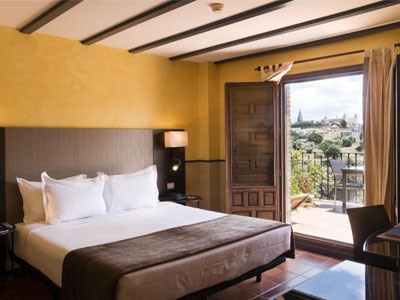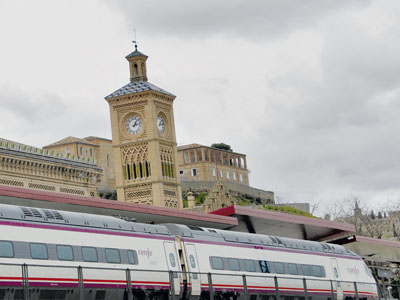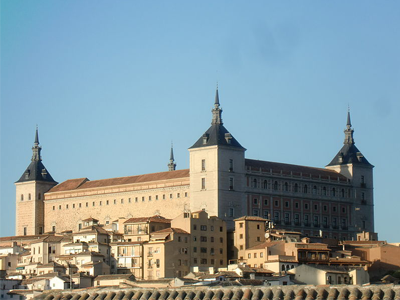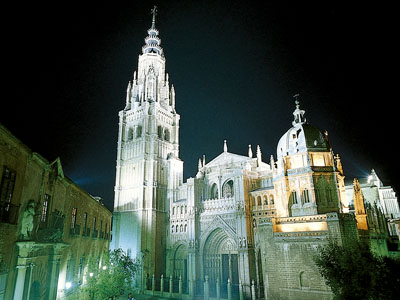
Conference Center

The Cortical Evolution Conference will take place at the Museo del Ejército (Spanish Army Museum), located in the Alcázar of Toledo, exclusively set in the historic heart of the city.
The Alcazar of Toledo, is an imposing fortress with four towers that overlooks the city. The building is a symbol of the city and has been witness to some of the most significant events in Spanish history.
The conference auditorium is located adjacent to archeological ruins found during construction work to relocate the Spanish Army Museum to the Alcázar. The ruins include those from a Roman colony in the 2nd century BC, through the Catholic King era of the 15th century.
Alcázar History
The Alcázar was originally a Roman palace dating from the 3rd century. With the arrival of the Visigoths, the city of Toledo became the seat of kings, and the Alcázar a royal residence. After the conquest of the city by the King of Castile, Alfonso VI (1085), the fortress continued to accommodate many of the key figures of the Spanish Middle Ages including the Castilian king Alfonso X, El Sabio (The Wise), and his school of translators. The greatest moments of splendor came during the reign of Charles V, Holy Roman Emperor, in the 16th century, when Charles oversaw numerous architectural refinements and additions. Phillip II later moved the court to Madrid, but the Alcázar remained as a royal residence preferred by the king. Architectural elements from this period include the magnificent staircase leading up from the courtyard.
After the death of Charles II, the last Hapsburg king from the House of Austria, the War of Spanish Succession broke out and the Alcázar was burned by Austrian and Portuguese troops. Upon the arrival of the Bourbon dynasty on the Spanish throne, some efforts were made to restore the Alcázar, but the building remained in ruins until 1773 when Charles III authorized the establishment of a silk and weaving factory on the site. However, the Alcázar was burned again in 1810 during the Napoleonic War. Only the façades, the arched colonnades and the main staircase were left standing.
In 1875, the Infantry Academy and General Military Academy were established at the Alcázar. But in 1887, another great fire damaged the building and priceless works of art were lost. During the Spanish Civil War the Alcazar was destroyed again after a 70-day siege. Today the Alcázar of Toledo houses the Spanish Army Museum.







